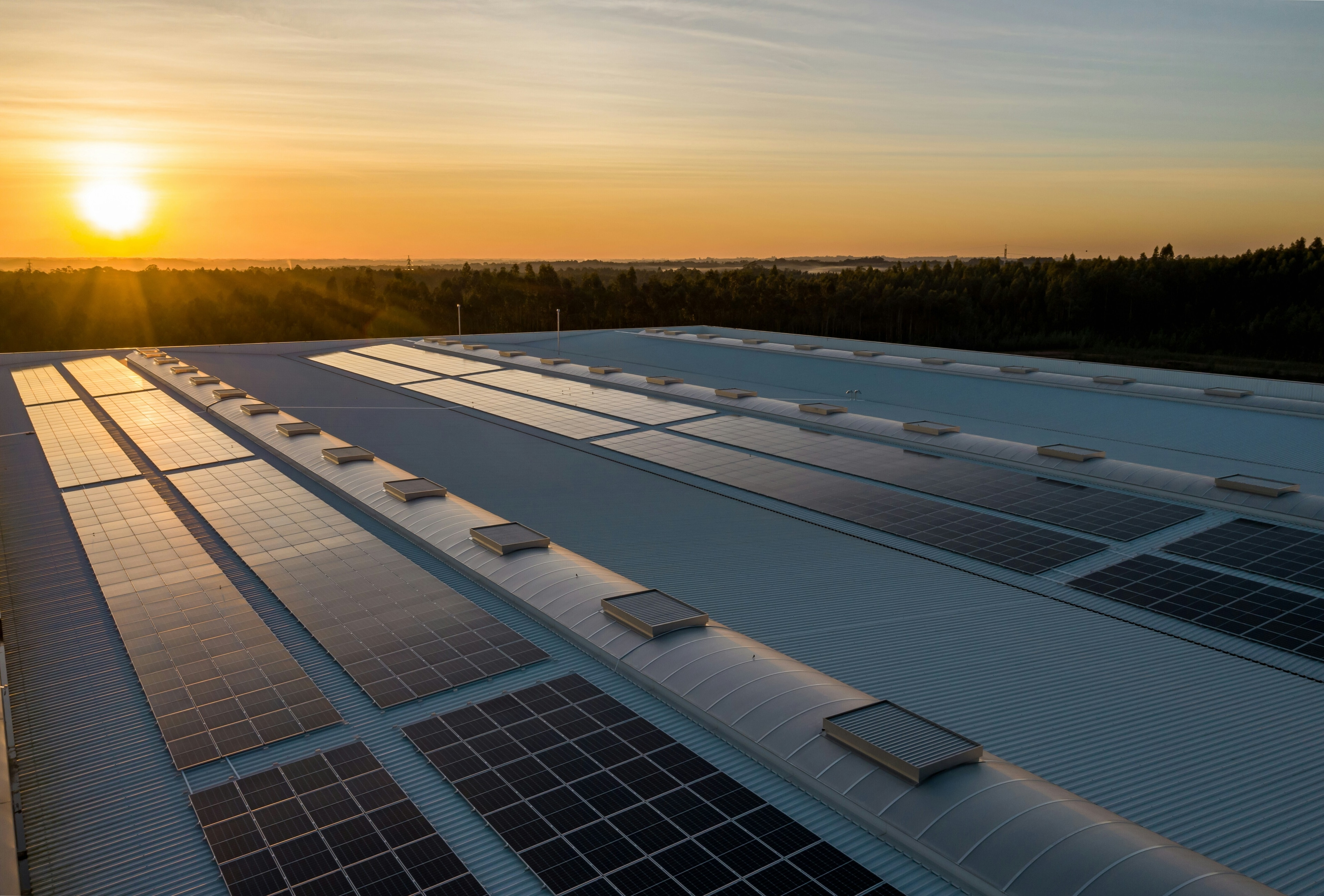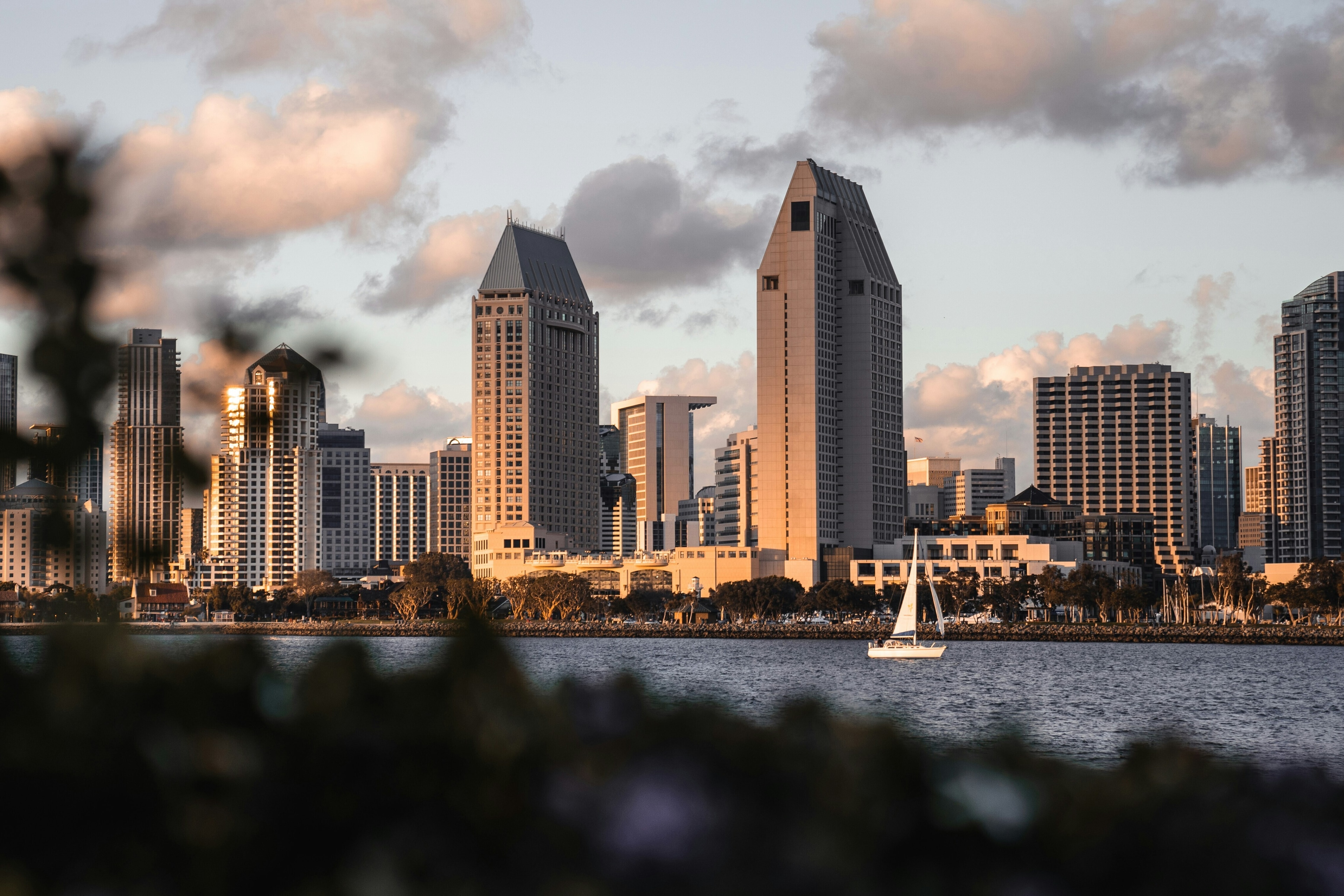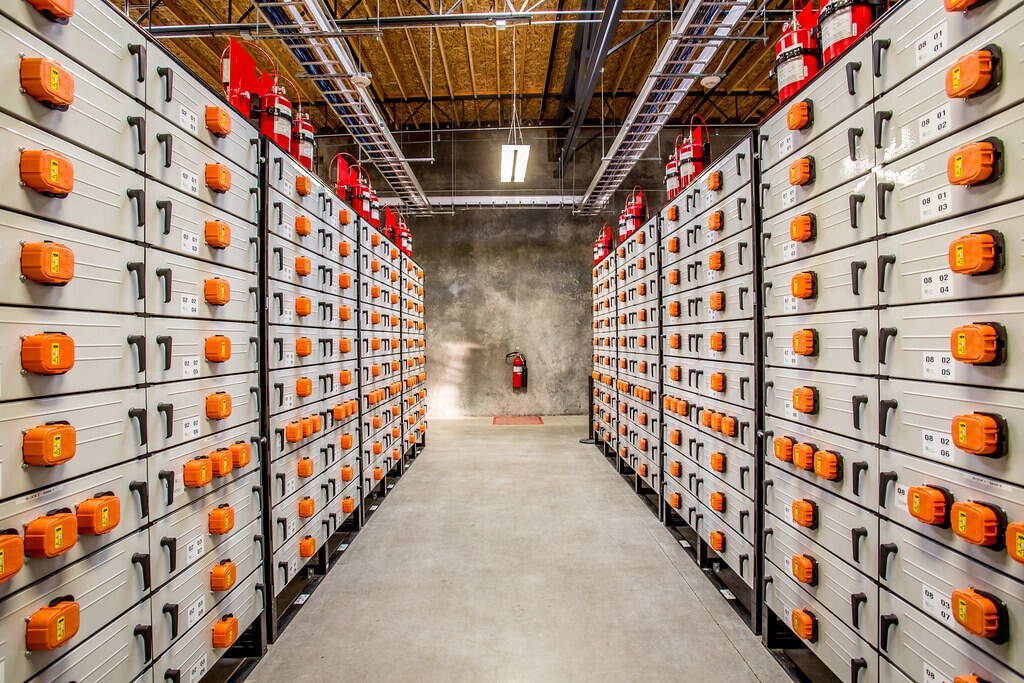New Zealand’s first electric plane just completed the longest flight across water: here’s what’s happening with electric aviation

The electric plane will be used for flight training and pleasure flights in New Zealand. Image: Pipistrel Aircraft

Get involved with our crowdsourced digital platform to deliver impact at scale
Stay up to date:
Automotive and New Mobility
- New Zealand’s first electric plane just crossed the Cook Strait.
- In North America, larger electric commercial planes are being tested.
- And hundreds of electric air taxis are in development.
- A hybrid airliner has completed its trial programme.
- But a leading plane maker says purely electric airliners are still decades away.
New Zealand’s bid to pioneer a carbon-free future for aviation just passed a new milestone as its first electric aircraft flew 80km across the ocean.
The Slovenian-built two-seat Pipistrel Alpha Electro, designed for flight training and pleasure flights flew from Blenheim in the South Island to the capital Wellington on the North Island. The 45 minute flight across the Cook Strait used just US$2 worth of electricity.
Speaking after the record breaking flight, staged to mark the opening day of the COP26 climate summit, Electric Air founder and pilot Gary Freedman, said: “We still had 40% left in the battery. We could have almost flown back again.”
The flight also marked 101 years since the first person flew a conventional aircraft over the body of water that separates the two islands. The electric plane is 90% efficient compared to 25% for conventional petrol aircraft engines.
“In every way, it's nicer than flying a conventional combustion engine plane. It's quieter, it's smoother. It doesn't vibrate. So it's a really pleasant experience. And the controls are exactly the same as a petrol plane,” said Freedman.
And, while the Cook Strait crossing may be an aviation first for New Zealand, it’s part of a growing global trend.

Last December, Seattle-based electric aeroengine maker Magnix claimed the world’s first commercial electric plane flight when a modified seaplane belonging to Canadian commuter airline Harbour Air took to the air, having had its conventional engine replaced with an electric one.
The test lasted just four minutes but Magnix says it will be capable of flying for 30 minutes, with the same amount of power in reserve. Then, in June this year, the company topped that success by flying the biggest commercial electric plane so far, a battery-powered nine-seat Cessna Grand Caravan.
Carbon targets
The COVID-19 pandemic has hit the world’s airlines hard, causing a two-thirds drop in the number of people flying. But even before the crisis, the aviation industry was facing pressure from some passengers over its environmental impact.
As far back as 2009, the sector set itself a target of carbon-neutral growth from this year and cutting its emissions – it’s responsible for about 2-3% of global carbon emissions – by half by 2050. A recent survey of flyers found they wanted more action to reduce emissions, with 46% saying they would pay more for carbon-neutral flight.
So could electric aircraft help? Well, it depends where you are pinning your hopes. Batteries are a key issue. They’ve got lighter but they are still too heavy to be a viable energy source for long-haul flights.
For example, an A380 super jumbo would have its range reduced from 15,000 kilometres to just 1,000 kilometres if it was to rely solely on electric power, according to calculations from Duncan Walker, a lecturer in applied aerodynamics at the UK’s Loughborough University.
Industry innovation
At the smaller end of the market, things are looking more optimistic. The two-seat Pipistrel New Zealand is trialling can stay aloft for an hour and still have a 30-minute reserve on a single charge. That’s more than enough for a brief pleasure flight.
Airbus and Rolls-Royce have already completed tests of a hybrid airliner – the E-FanX – with one of its four jet engines replaced by two-megawatt electric motor. Airbus and Boeing are both working on electric planes, although Boeing says a fully electric airliner is still decades away.
Airbus is also working on a series of hydrogen-powered airliners, with which the only emissions would be water vapour. And it’s not ruling out electric power if the batteries can be made light enough.
Boeing’s Next innovation programme, meanwhile, includes smaller vertical-take-off electric planes and more than 100 companies worldwide are working on electric air taxis that use drone-style vertical take off propulsion systems, according to the BBC.
Germany’s Volocopter electric air taxi received official flight certification as far back as 2016 and was recognized as one of the World Economic Forum's 2019 Technology Pioneers. It has been demonstrated in Dubai and Singapore.
So it looks as though electric air taxis and small planes could arrive in the near future, subject to regulatory approval. But electric airliners may have to wait until battery technology evolves to become lighter and more powerful.
What is the World Economic Forum doing to reduce aviation's carbon footprint?
Don't miss any update on this topic
Create a free account and access your personalized content collection with our latest publications and analyses.
License and Republishing
World Economic Forum articles may be republished in accordance with the Creative Commons Attribution-NonCommercial-NoDerivatives 4.0 International Public License, and in accordance with our Terms of Use.
The views expressed in this article are those of the author alone and not the World Economic Forum.
Related topics:
The Agenda Weekly
A weekly update of the most important issues driving the global agenda
You can unsubscribe at any time using the link in our emails. For more details, review our privacy policy.
More on Energy TransitionSee all
Rishabh Mishra
May 14, 2024
Vee Li and Zhang Xun
May 13, 2024
Jesse Saldivar, Alaina Ladner, Marc Starkey and Brittany Syz
May 13, 2024
Fahad Al-Dhubaib
May 10, 2024
Prasad Thakur and Labanya Prakash Jena
May 10, 2024







